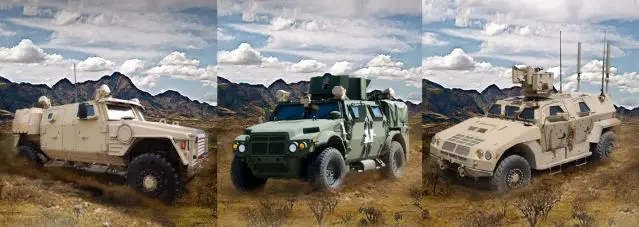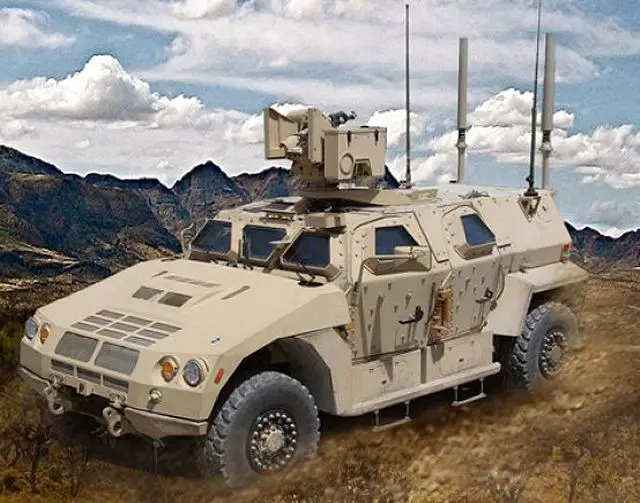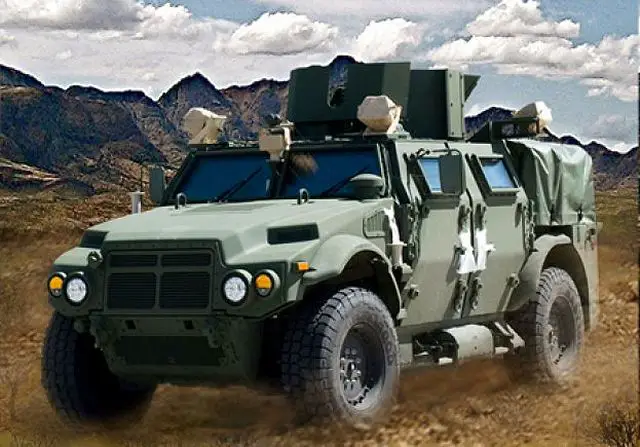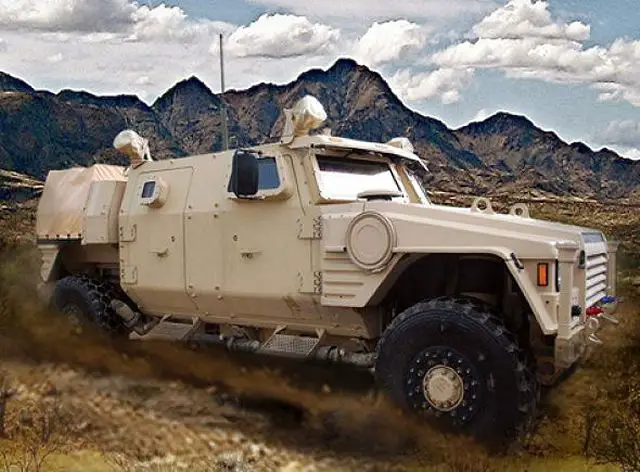| a | |||
Military Defense Technology News - United States |
|||
| Thursday, March 1, 2012, 07:09 AM | |||
| American defence industry ready now to Joint Light Tactical Vehicle JLTV program for U.S. Army | |||
American
defence industry bidders will respond March 13 to the most recent government
request for solutions to modernize the light tactical vehicle fleet --
and they don't need any more time than that to do so, because they are
prepared now. (Source: United States Army) |
|||
 United States Army officials say industry is ready now to begin developing the Joint Light Tactical Vehicle for the Army. While multiple prototype JLTV vehicles exist, the Army has yet to choose one as the service's newest vehicle. Left - Lockheed Martin , Center - General Dynamics, Right - BAE Systems |
|||
| |
|||
I
have not seen substantial pressure to slow this program down," Bassett
said. "The feedback we have got from industry confirmed we have folks
prepared to bid mature designs now." |
|||
Bassett
said in the JLTV technology development phase, the program received criticism
because it was changing requirements and the schedule was slipping, but
he said the TD phase "did exactly what it was intended to do, which
is it gave us an opportunity to learn about our requirements, and learn
the relationships between those requirements and costs." It also allowed the United States Army to focus on the capability gaps that had to be satisfied by the JLTV -- protected mobility and restoring capability that was lost by having added armor to the Humvee. "We came out of that with an industrial base that had learned a lot and had benefited from a round of competitive prototyping," he said. Having built prototypes, he said, industry learned key capabilities of the vehicle and also learned of the challenges of developing the JLTV. "They came out a whole lot better prepared to make the adjustments and requirements necessary to end up with the program that we have an RFP out on the street for today." |
|||
HUMVEE
WAY AHEAD The latest budget proposal has not provided funding for the "Modernized Expanded Capability Vehicle" program, or MECV program. The MECV program was to modernize the Humvee. Fahey said, however, that the Humvee is still suitable to do its mission -- many of those missions inside the United States. There will be a "sustainment program for the HUMVEE fleet for the foreseeable future," he said, that includes less a of a focus on survivability of the Humvee fleet, and more on cost effectiveness and fuel efficiency. "We're going to be sustaining that fleet for quite a while, there will be times in its life it has to go back to the depots for some kind of reset." |
|||
American defence industry ready now to Joint Light Tactical Vehicle JLTV program fU.S. Army 0103121
- Posted On

















